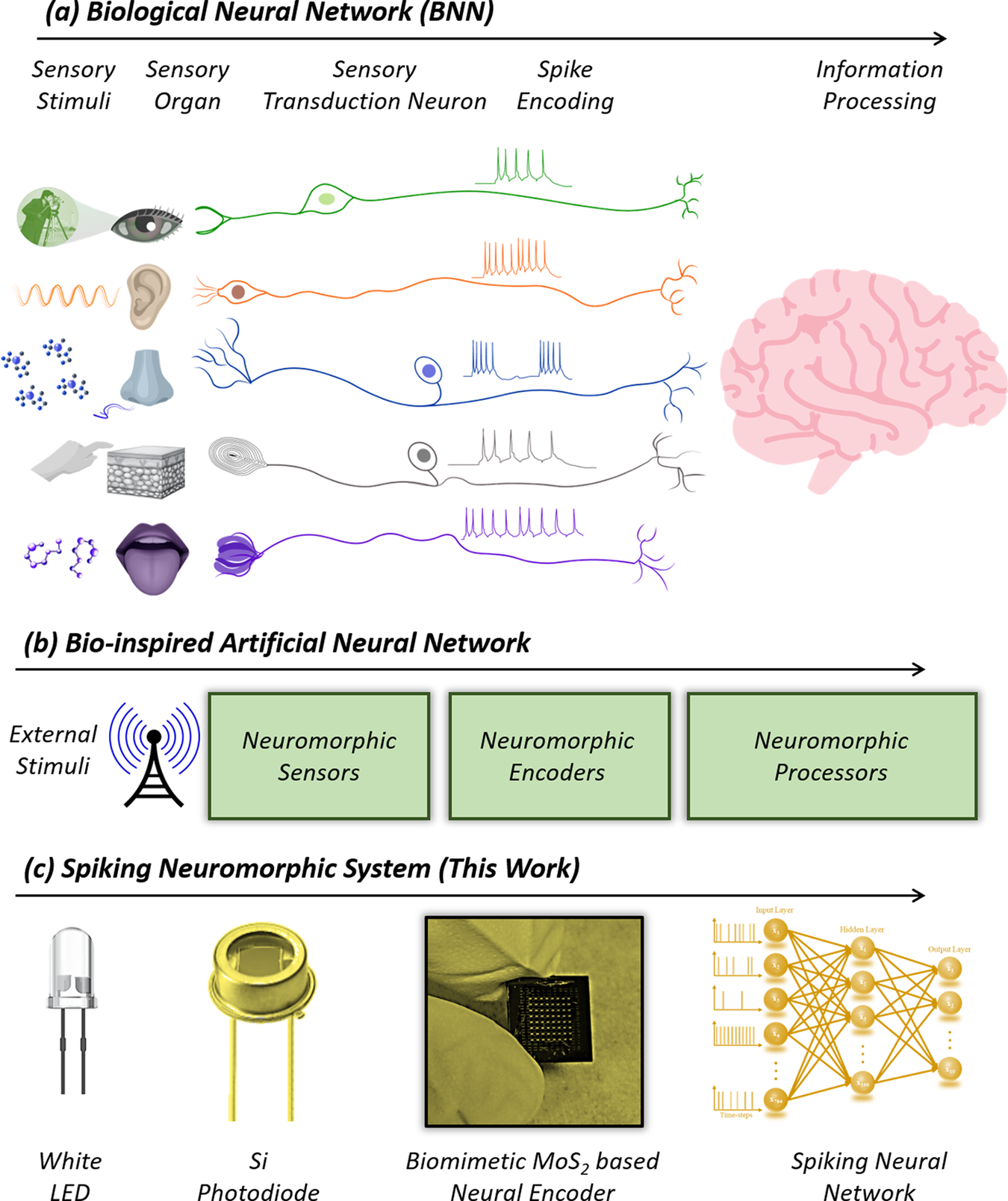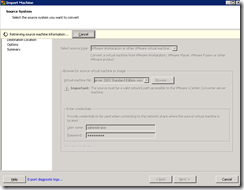

- #Converter unable to obtain hardware information how to
- #Converter unable to obtain hardware information install
- #Converter unable to obtain hardware information software
- #Converter unable to obtain hardware information license
- #Converter unable to obtain hardware information windows
It should also be recognised that Netvault does not backup 'independent-persistent' disks with the image backup option. Note: In the scenario described in the article, the.

For the "Virtual machine file" parameter, select the restored. When the "Select source type:" prompt appears, select "VMware Workstation or other VMware virtual machine". Follow the wizard as it takes you through the various steps. vmx file, launch the VMware vCenter Converter StandaloneĬlient Wizard to create the virtual machine. vmdk file which in turns points to the rest of the files. Note that you may end up with several files restored on this location, so the. Scsi0:0.fileName = "scsi0-0-MyVirtualMachine.vmdk" Scsi0:0.fileName = "MyVirtualMachine-000001.vmdk" Modify the relevant entries for the virtual disk(s). Here is an example of the files generated from a "Virtual Machine Files Only Restore" of a VADP backup of a VM that did not have any existing snapshots: Navigate to the target directory where the virtual machine files were restored and note the filename(s) of the virtual disks. Storage Performance and Utilization Management.Operating Systems Imaging and Deployments.If you need to convert thousands of VMs, you should use another tool that brings more automation (such as Double-Take Move). If you have a small number of machines to convert, you can use this tool because it’s free. VMware vCenter Converter Standalone is an easy tool that enables you to convert physical servers (Windows or Linux) to virtual machines. When the conversion is finished, you can check the VM version, VMware tools and configure the IP address in destination VM. Review the settings and click on Finish to run the conversion.Īfter you’ve clicked on Finish, the migration will start running. In the next screen, a conversion summary is shown. If you choose to make a conversion from a powered-on machine, do not specify the same IP address as the source in order to avoid conflicting IP addresses. Next, you can set the IP address in the destination machine. In the next screen, you can enable some post-processing settings, such as power off source machine and power on destination machine. You can also select the controller type (like VMXNET 3). To do so, select the number of network adapters to connect. When you convert a physical server with many network adapters, you may want to not convert all of them to virtual network adapters. Hyperconverged Appliance from StarWind HCA Datasheet Then, you can edit the CPU and memory information of the virtual machine. First, you can choose which data to copy and you can get the information about partition on the source server. In the next screen, you can manage the VM configuration. Then, choose the destination ESXi (or cluster) and the datastore. Then, choose the destination VM folder or datacenter, and click Next. In the example below, I’m connecting to vCenter with administrator credentials. Otherwise, specify the ESXi name or IP address. If the destination ESXi is managed by vCenter, specify the vCenter name or IP. Then, specify the IP address or name and the root credentials.
#Converter unable to obtain hardware information windows
When you select Powered on, you can choose Windows or Linux remote server or local machine. Be careful: if you choose Powered Off, you won’t be able to convert the physical server. Then, choose if your source is powered on or off. In the VMware vCenter Converter Standalone client, click Convert machine. Migrate a physical server to a virtual one When the installation is finished, you can run the Converter Standalone Client. Next, choose if you want to join the VMware CEIP or not, and click Next. I choose local installation because I don’t want to convert the server where I deploy VMware vCenter Converter Standalone.

#Converter unable to obtain hardware information install
Then choose a setup-type: local installation to deploy only VMware vCenter Converter Standalone, or Client-Server installation if you want to install agent and client additionally. Next, choose a destination folder for VMware vCenter Converter Standalone and click Next.
#Converter unable to obtain hardware information license
Then accept the license agreement and click Next. Next, accept the End-User Patent agreement and click Next. Then, I run the executable to process the product installation. Usually, when I run this tool, I use a virtual machine. To host VMware vCenter Converter Standalone, you need a physical or virtual machine based on Windows Server. Install VMware vCenter Converter Standalone To make this conversion, I used VMware vCenter Converter Standalone.
#Converter unable to obtain hardware information how to
In this topic, we will see how to convert a physical Linux server to a VMware VM. When you implement a virtual infrastructure, you may want to convert your physical servers to virtual ones to improve your datacenter consolidation. StarWind Virtual Tape Library (VTL) OEM.
#Converter unable to obtain hardware information software


 0 kommentar(er)
0 kommentar(er)
